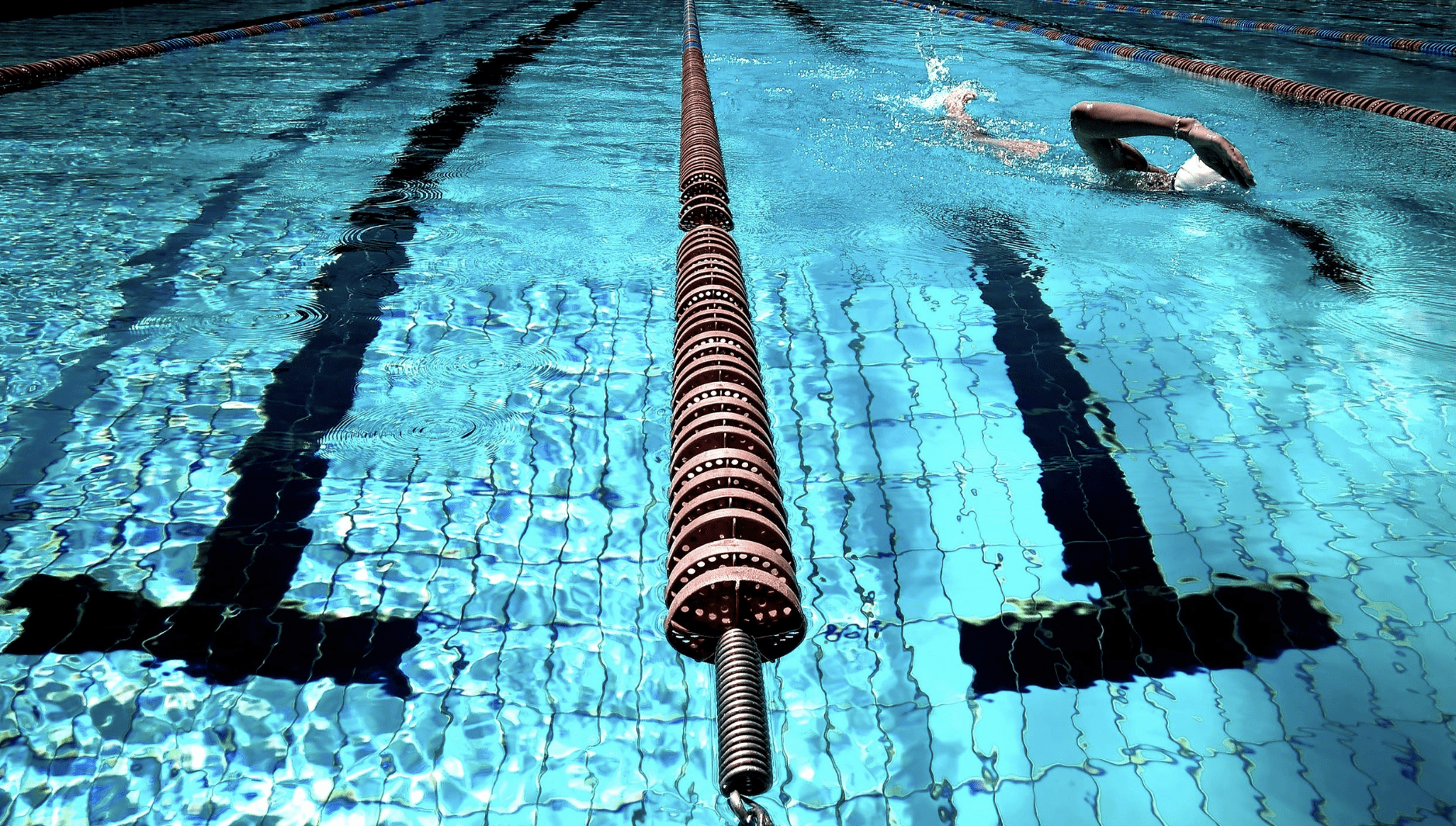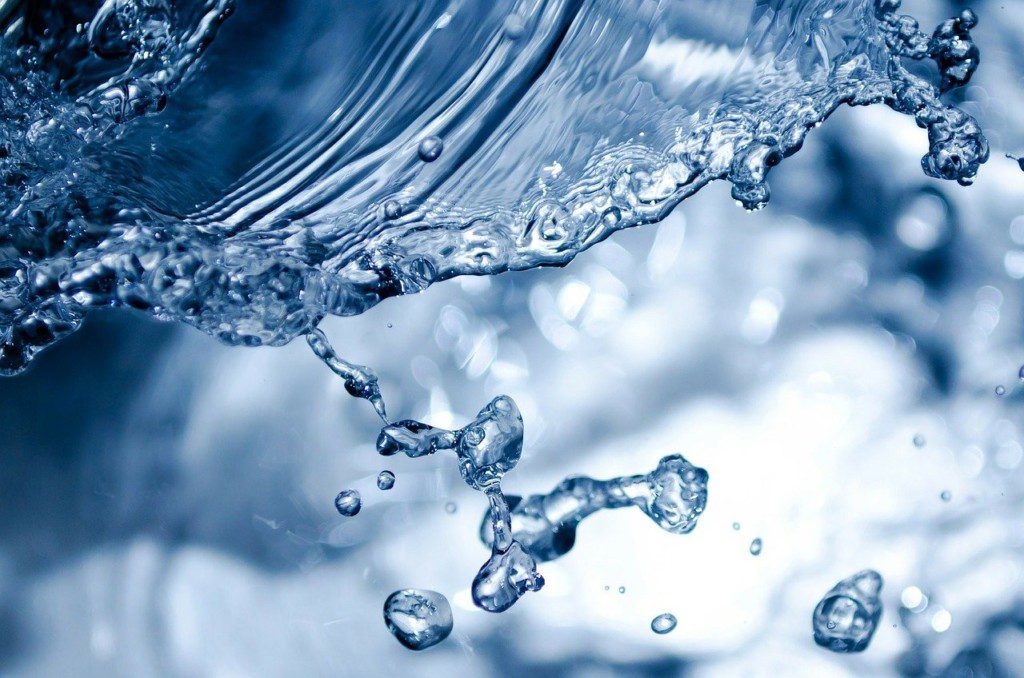10/10/2022 | pH | 12 MINUTE READ
How to Maintain pH in Saltwater Swimming Pools

If you’ve outfitted your home with a saltwater swimming pool, you might believe that the maintenance for this type of pool will take up more of your time compared to a chlorine pool. While you’ll want to take steps to maintain your saltwater pool and make sure that the water has a healthy pH level, the upkeep for a saltwater pool is relatively straightforward and shouldn’t be too much of a hassle as long as you know what to do.
In most cases, the pH of a saltwater pool should be maintained at a level of 7.2-7.8. If pH levels drop too far, the water itself could have a poor quality. When pH levels rise too high, the equipment in your pool could start to degrade, which is why it’s essential that you correctly monitor and maintain pH levels.
One notable benefit of having a saltwater pool is that you don’t need to add a substantial amount of chemicals to reduce or increase the water’s pH levels. With the right approach, you should be able to maintain your pool’s pH levels without too much work. In this guide, you’ll learn all there is to know about maintaining pH levels in a saltwater pool.

What is The Difference Between Maintaining a Saltwater Pools vs. Chlorinated Pools
There are two primary types of pools that you can obtain for your home, which include saltwater pools and chlorinated pools. The end result of both pool types is clean and chlorinated water. In chlorine pools, the chlorine chemical is added directly to the water at highly concentrated levels. For saltwater pools, the electrolysis process naturally converts salt into chlorine.
Maintaining pH in Saltwater Pools
Maintaining pH levels in saltwater pools isn’t that difficult as long as you take the right approach. Saltwater pools use chlorine just like chlorinated pools. Owners of chlorinated pools are tasked with adding chlorine tabs to their pools every few days. In comparison, saltwater pools pass water directly through a salt-chlorine generator. As touched upon previously, this generator uses electrolysis along with salt to create hydrochloric acid as well as sodium hypochlorite.
The chlorine is created when electricity is sent through a salt and water solution, which results in your pool receiving the right amount of chlorine. If pH levels need to be reduced, it’s possible to do so by adding muriatic acid to the water. Increasing pH levels is possible with the addition of borax and soda ash, both of which increase alkalinity and pH.

Maintaining pH in Chlorinated Pools
When you want to maintain pH levels in chlorinated pools, regular chemical adjustments must be made. If pH levels are too high, the water may cause a certain amount of skin irritation while also corroding any metal that’s present in the pool.
If pH levels drop too low, chlorine could become ineffective, which may lead to the development of algae and bacteria in the pool. If chlorine levels are too low, it’s possible to increase chlorine concentration by simply adding chlorine to the pool.

What Causes High pH Levels in a Saltwater Pool?
Even though both chlorine and saltwater pools use chlorine to clean and sanitize the pool water, saltwater pools obtain their chlorine in a manner that causes pH levels to rise consistently. This problem isn’t an issue with chlorine pools. The reason why saltwater pools usually have elevated pH levels is because the generation of chlorine with the electrolysis process tends to create byproducts that have a very high pH.
Since chlorine is added directly to chlorinated pools, pH levels are easier to manage. When the electrolysis process occurs in a saltwater pool, the sodium hydroxide byproduct is created. This particular byproduct has a pH that’s oftentimes above 13.0, which is why pH levels in saltwater pools consistently increase.
Another potential yet less likely cause of rising pH levels is because the alkalinity in your pool is too high. While alkalinity is meant to exist as a buffer to ensure that pH levels are stable, alkalinity levels that are too high can cause pH to increase as well.
Effects of Having High pH Levels in Saltwater Pools
In the event that the water in your saltwater pool has high pH levels, there are numerous issues that can arise to the detriment of your pool equipment and the health of anyone who swims in the pool. The adverse effects of high pH levels in saltwater pools include:
- Eye discomfort and irritations
- Skin irritations
- Murky water
- Scale buildup on pool tiles and pool equipment
- Chlorine becoming ineffective
- Reduced efficiency of saltwater generator
High pH levels are irritating to anyone who swims in the water. If scale forms at different areas inside your pool, you’ll be tasked with cleaning these areas, which only serves to take up too much of your time. If pH levels increase by a large amount, the efficacy of chlorine will worsen, which means that you’ll be tasked with adding more chlorine to the water to provide the same effects.

Why Maintaining pH Levels in Saltwater Pools is so Crucial
Maintaining pH levels is essential for your comfort, health, and condition of equipment.
Comfort
If pH in your pool water is lower than 7.0, you can experience itchiness around your skin as well as a rash. When pH levels increase above 7.8, you’ll likely experience nose and eye irritation.
Health
As for your health, the easiest way to avoid water illnesses is to make sure that you maintain pH levels that range from 7.2-7.8. The sanitizer level should also be around 1.0-3.0 parts per million. If these levels are correctly maintained, the majority of recreational water illnesses should be killed in one hour or less.
Equipment
Maintaining the right pH levels is also important if you want to make sure that your pool equipment remains in good condition. If pH levels are too high, calcium and scale building may develop on the pool equipment, which could clog your filter. If pH levels are too low, the metal can become corroded. It’s also possible for the grout and plaster in your pool to dissolve, which is why it’s essential that pH levels are maintained. Keep in mind that you can use a standard pH sensor to make sure that pH levels are optimal.
What PH Is Considered Too High?
As touched upon previously, pH levels that are situated between 7.2-7.8 are optimal. Any measurement that’s above 7.8 would be considered too high. Side effects invariably worsen as the pH levels increase.

Best Chemicals to Reduce Saltwater Pool pH
There are two separate chemicals that can be added to a saltwater pool when you need to reduce the water’s pH. These chemicals include muriatic acid and sodium bisulfate.
Muriatic Acid
Muriatic acid is an exceedingly common acid that’s available in liquid form and can quickly reduce the water’s pH. It’s also more affordable than sodium bisulfate. Keep in mind that this chemical shouldn’t be used with vinyl liner pools.
Sodium Bisulfate
Sodium bisulfate is available in powder form and can be purchased from pool stores. This chemical is oftentimes seen as “pH reducer” or “alkalinity reducer” in stores. You’ll find this chemical in a container or bucket. More sodium bisulfate is needed to reduce water’s pH when compared to muriatic acid, which is why it’s more expensive. Keep in mind, however, that this substance is safer to handle.
How To Lower PH In a Saltwater Pool
The pH of a saltwater pool can be reduced with a five-step process, which begins by testing your water.

1. Start by Testing Your Water
The first step involves testing your water, which is the only way to determine what your starting pH and total alkalinity are at. You can obtain this measurement with a pH sensor.
2. Figure Out Your Pool Capacity
If you want to make sure that the right amount of acid is placed into the pool, it’s essential that you measure your pool volume or capacity. This measurement should be obtained in gallons. If you’re unsure of what the pool volume is, you’ll be tasked with measuring the pool depth, width, and length in feet. A pool volume calculator will then provide you with the capacity.
3. Calculate the Amount of Acid You Need
The third step in this process involves calculating the total amount of sodium bisulfate or muriatic acid to place in the water. Keep in mind that sodium bisulfate can damage the surfaces and coatings in your pool, which is why you might want to opt for muriatic acid. In most cases, 10 oz. of muriatic acid at 15% strength will lower the pH of a 10,000 gallon pool by 0.1. If the muriatic acid is at 31% strength, you’ll need five ounces of the chemical to reduce pH by 0.1.
4. Pour the Acid Into Your Pool
It’s now time to pour the acid directly into your pool. Make sure that you wear protective equipment while doing so, which includes goggles and gloves. The process of adding muriatic acid to a pool is to:
- Place yourself nearby a return jet at the deeper portion of your pool
- With a measuring cup in one hand and the muriatic acid in the other, move your arms outwards as far as they can go over the pool water
- Pour the acid into the cup before pouring it into the water
- Repeat this process until enough of the acid has been placed in the water
5. Perform a Final Water Test
The fifth step is to perform a final water test, which should only take you a few minutes with the right pH sensor. After you place the muriatic acid into your pool water, wait for 15-20 minutes before performing this test. The pH readings should be between 7.2-7.8.
Now that you understand what it takes to maintain pH in saltwater swimming pools, you shouldn’t find it too difficult to keep your pool water clean and healthy. Make sure that you always have a pH sensor on hand to consistently monitor pH levels.
Raising pH in a Saltwater Pool: Methods and Steps
Maintaining the proper pH level in a saltwater pool is essential for ensuring water quality, swimmer comfort, and the effectiveness of pool chemicals. If you find that the pH level in your saltwater pool is too low and needs adjustment, there are effective methods you can employ to bring it within the recommended range. Here, we’ll discuss how to raise the pH in your saltwater pool using different approaches.
Method 1: Using Chemical pH Increasers

Step 1: Test Your Water
Before making any adjustments, start by testing the current pH level and total alkalinity of your pool water using either test strips or a liquid test kit. This baseline measurement is crucial for determining the appropriate amount of pH increaser to add.
Step 2: Choose the Right pH Increaser
There are common household products that can be used to increase pH levels in your saltwater pool, such as soda ash and borax. Both of these options can effectively raise pH, but they differ in their impact on total alkalinity.
- Soda Ash: This substance increases both pH and alkalinity. Choose soda ash if your alkalinity is also low and needs a boost.
- Borax: Borax raises pH while only slightly affecting alkalinity. Opt for borax if your alkalinity is already within the desired range and doesn’t require significant adjustment.
Step 3: Calculate the Dosage
To determine the right amount of pH increaser to add to your pool, you’ll need to know your pool’s volume in gallons. Using a pool chemistry calculator, input your current pH and alkalinity levels along with the pool’s volume. The calculator will provide you with the specific amount of soda ash or borax needed to reach your target pH level.
Step 4: Add the Increaser to Your Pool
Carefully measure out the calculated amount of soda ash or borax based on the calculator’s recommendation. Broadcast the powder evenly in the deep end of the pool, preferably near a return jet to aid in circulation. Allow the pump to run for about an hour to ensure proper distribution and dissolution of the pH increaser.
Step 5: Retest and Monitor
After giving the pH increaser some time to take effect, retest your pool’s pH level. If necessary, make additional adjustments by repeating the process. Keep in mind that it’s a good idea to start with a slightly lower dosage than calculated and then retest before adding more if needed.
Method 2: Using Aeration

Step 1: Understand Aeration
Aeration is a natural process that involves exposing water to oxygen from the air. This causes the water to release carbon dioxide, which in turn raises the pH level. While all pools are exposed to oxygen at the surface, you can increase aeration intentionally to expedite pH adjustment.
Step 2: Promote Aeration
There are several ways to promote aeration in your saltwater pool:
- Keep the Pump Running: Allowing the pump to run continuously can increase water movement and surface exposure to air.
- Use Water Features: Turning on water features like fountains, waterfalls, or jets creates movement and increases aeration.
- Adjust Return Jets: Angle your return jets to direct water towards the surface, creating more agitation and aeration.
Step 3: Be Patient
Using aeration to raise pH is a slower process compared to chemical adjustments. It might take a day or two to notice significant changes in pH. However, this method has the advantage of not significantly impacting alkalinity.
Posted by Dominic O'Donnell on October 10, 2022
Sensorex is a global leader in the design and manufacture of quality sensors for water quality and process applications. The company offers more than 2000 sensor packages for pH, ORP, conductivity, dissolved oxygen, free chlorine, chlorine dioxide, UV transmittance and other specialty measurements, as well as a full line of sensor accessories and transmitters. Its expert technical support engineers solve analytical sensor challenges with custom designs and off the shelf products.




